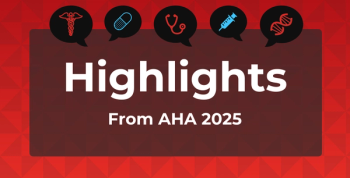
Coordinated Care Alone May Not Yield ROI, ACPE Told
A federally funded effort to identify high-risk patients and coordinate their care is delivering modest savings, but significant cost reductions may come only after broader payment reforms take hold.
A federally funded effort to identify high-risk patients and
The
TransforMED, a consulting subsidiary of the American Association of Family Physicians dedicated to
Read the full story here:
Source: Modern Healthcare
Newsletter
Stay ahead of policy, cost, and value—subscribe to AJMC for expert insights at the intersection of clinical care and health economics.









































